St. Jude researchers license technology to Mustang Bio in hopes of bringing treatment to market.
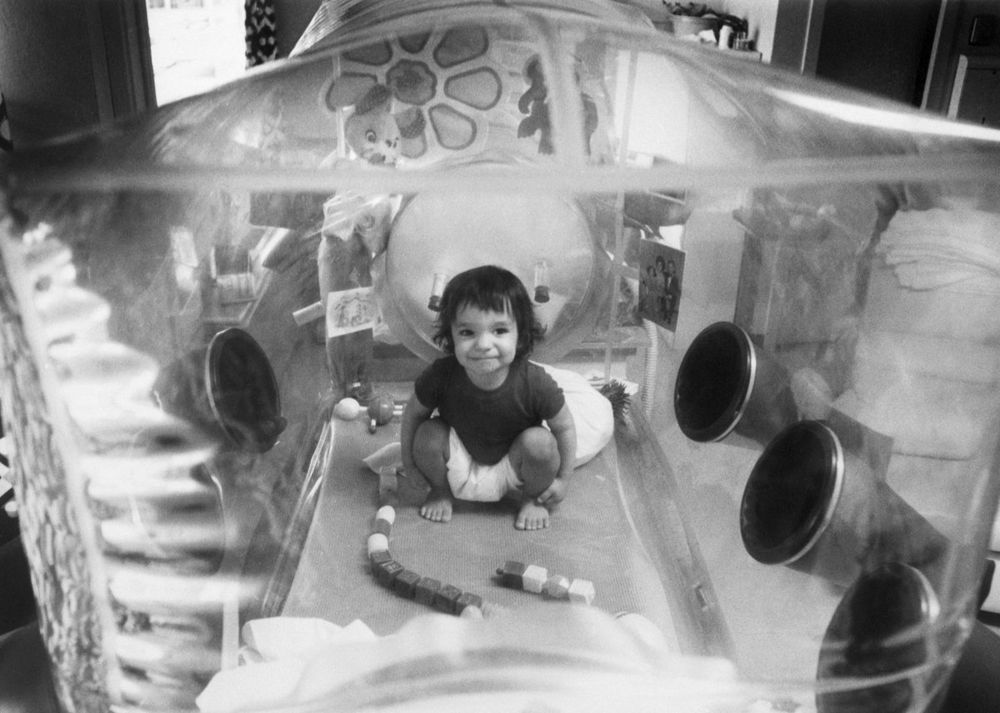


When the universe formed during the Big Bang 13.8 billion years ago, the chemical reactions of the aftermath formed the first molecules. Those first molecules were crucial in helping form everything we know, but they’re also absent.
And although HeH+, the helium hydride ion, has been proposed for years as that first molecule, scientists couldn’t find any evidence of its existence in space — until now. The findings were published Wednesday in the journal Nature.
After the Big Bang, HeH+ formed in a molecular bond when helium atoms and protons combined. Later, these would break apart into hydrogen molecules and helium atoms. Both elements are the two most abundant throughout the universe, with hydrogen first and helium second.
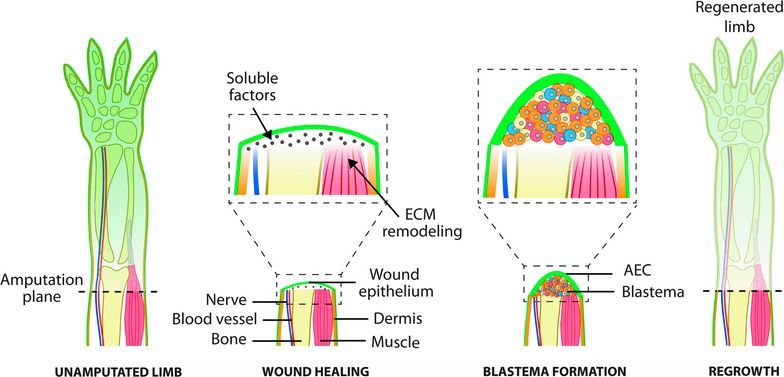
Circa 2016
Just lopped off your ring finger slicing carrots (some time in the future)? No problem. Just speed-read this article while you’re waiting for the dronebulance. …
“Epimorphic regeneration” — growing digits, maybe even limbs, with full 3D structure and functionality — may one day be possible. So say scientists at Tulane University, the University of Washington, and the University of Pittsburgh, writing in a review article just published in Tissue Engineering, Part B, Reviews (open access until March 8).

 The global “Solid State Refrigerator” market is amongst the most encouraging markets. This global Solid State Refrigerator market is escalating at higher rates in terms of growth and development of innovative techniques on mounting customer selection. The Solid State Refrigerator market offers a vast stage for contenders Tellurex Corporation, Beijing Huimao Cooling Equipment Co., Ltd., Hicooltec, Thermion, Merit Technology Group, TE Technology, II-VI Incorporated, RMT Ltd., Micropelt, Laird, Custom Thermoelectric Inc., Phononic, Inc., Komatsu, Kreazone serving with great opportunities for expansion.
The global “Solid State Refrigerator” market is amongst the most encouraging markets. This global Solid State Refrigerator market is escalating at higher rates in terms of growth and development of innovative techniques on mounting customer selection. The Solid State Refrigerator market offers a vast stage for contenders Tellurex Corporation, Beijing Huimao Cooling Equipment Co., Ltd., Hicooltec, Thermion, Merit Technology Group, TE Technology, II-VI Incorporated, RMT Ltd., Micropelt, Laird, Custom Thermoelectric Inc., Phononic, Inc., Komatsu, Kreazone serving with great opportunities for expansion.
Free Request Sample is Available Solid State Refrigerator Market Report @ www.marketresearchstore.com/report/global-solid-state-refrig…uestSample
Also, the global Solid State Refrigerator report offers forecast details assumed with the support of an appropriate set of assumptions and methodologies. The market report provides information on the global Solid State Refrigerator market relating to the geographical region. Moreover, the Solid State Refrigerator report also provides brief information about the leading key players at a global level, which precisely includes industry profiles, market shareholdings, product features, and trade.
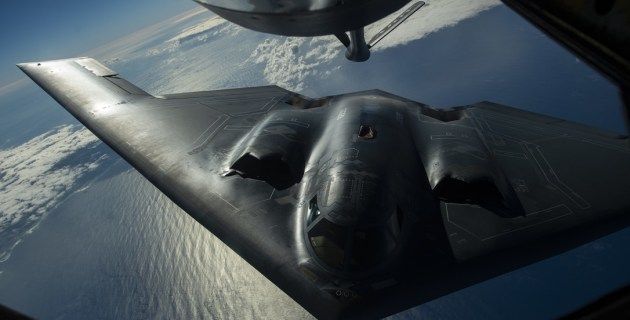
Now, almost 100 years later, the Department of Defence, through its Next Generation Technology Fund, has selected 11 projects that exploit the extraordinary properties of quantum mechanics to deliver improved security for Australians. The Institute for Photonics and Advanced Sensing (IPAS) at the University of Adelaide is involved in four of these ambitious projects.
IPAS will work closely with the Defence Science and Technology (DST) Group on four ambitious quantum technology projects. Three of the four projects focus on quantum detection.
One project explores whether ‘quantum’ radar can be used to detect stealth aircraft.
A prototype quantum radar that has the potential to detect objects which are invisible to conventional systems has been developed by an international research team led by a quantum information scientist at the University of York.
The new breed of radar is a hybrid system that uses quantum correlation between microwave and optical beams to detect objects of low reflectivity such as cancer cells or aircraft with a stealth capability. Because the quantum radar operates at much lower energies than conventional systems, it has the long-term potential for a range of applications in biomedicine including non-invasive NMR scans.
The research team led by Dr Stefano Pirandola, of the University’s Department of Computer Science and the York Centre for Quantum Technologies, found that a special converter — a double-cavity device that couples the microwave beam to an optical beam using a nano-mechanical oscillator — was the key to the new system.
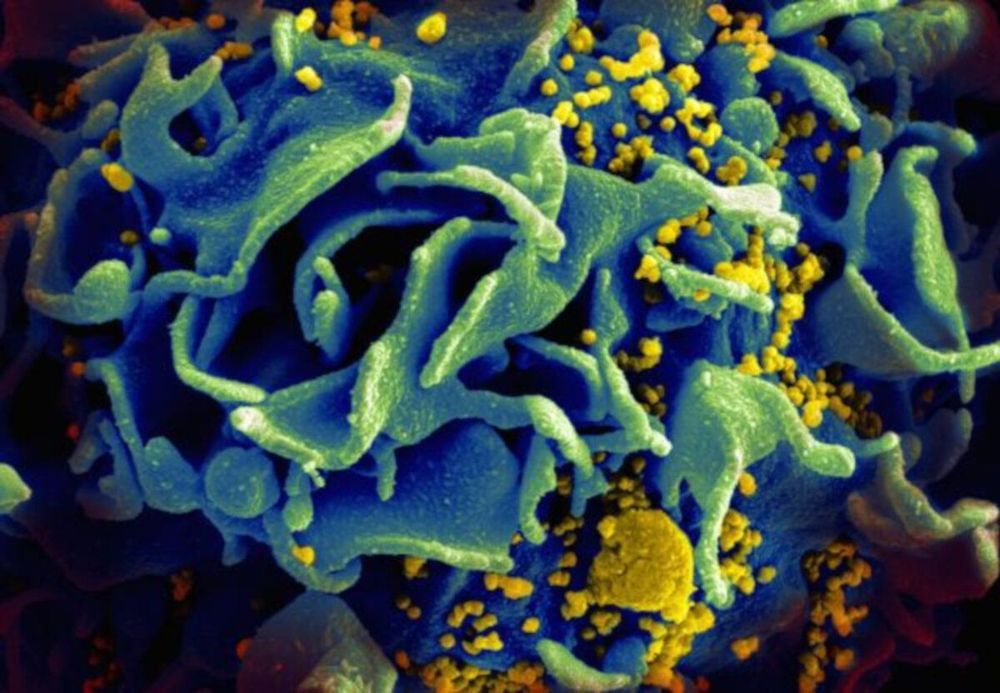
Regular infusions of an antibody that blocks the HIV binding site on human immune cells may have suppressed levels of HIV for up to four months in people undergoing a short-term pause in their antiretroviral therapy (ART) regimens, according to a report published online today in The New England Journal of Medicine. Results of the Phase 2, open-label study indicate the antibody, known as UB-421, was safe and did not induce the production of antibody-resistant HIV. The study was supported in part by the National Institute of Allergy and Infectious Diseases (NIAID), a component of the National Institutes of Health, and United Biopharma, Inc.
The study was conducted in Taiwan and led by Chang Yi Wang, Ph.D., Chief Scientific Officer and Chairperson of United BioPharma, Inc. Twenty-nine volunteers with well-controlled HIV discontinued their normal regimens of daily oral ART at the time of their first infusion or one week later, depending on their ART regimen. Fourteen study participants received eight regular weekly infusions of UB-421, while 15 received eight higher-dose infusions every other week. At the end of the 8- or 16-week treatment period, all volunteers restarted their previous ART regimen and were evaluated in follow-up visits up to eight weeks later. Apart from a single participant who discontinued the study because of a mild skin rash, volunteers in both groups maintained HIV suppression (plasma HIV RNA levels under 20 copies/mL) throughout the treatment period in the absence of ART.
Previous experimental infusions of broadly neutralizing antibodies, or bNAbs, have suppressed HIV for about two weeks by targeting proteins on the virus itself, but the rapid mutation rate of HIV induces antibody-resistant strains that render the treatment ineffective. UB-421 theoretically avoids this possibility by blocking a stable human protein that HIV uses to infect T cells. Indeed, resistance to UB-421 was not seen in this study. Because the small study did not include a comparator group receiving a placebo infusion, further studies have been planned in Taiwan and Thailand to evaluate the safety and efficacy of UB-421 as a treatment for HIV. In a related study, NIAID investigators currently are evaluating the safety of regular infusions of two highly potent bNAbs that may prevent the development of resistant HIV strains by targeting two distinct areas of the virus.
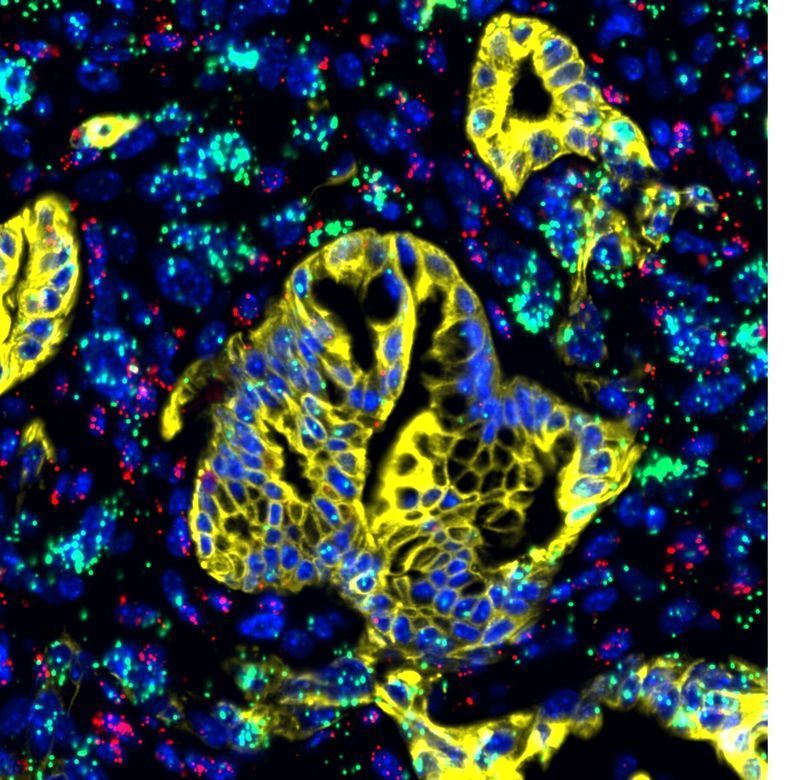
Advanced pancreatic cancer is often symptomless, leading to late diagnosis only after metastases have spread throughout the body. Additionally, tumor cells are encased in a “protective shield,” a microenvironment conferring resistance to many cancer treatment drugs. Now, Salk Institute researchers, along with an international team of collaborators, have uncovered the role of a signaling protein that may be the Achilles’ heel of pancreatic cancer.
The findings, published in Nature on April 17, 2019, show that pancreatic stellate cells—resident cells typically dormant in normal tissue—become activated and secrete proteins to form a shell around the tumor in an attempt to wall off and contain it. The activated stellate cells also secrete a signaling protein called LIF, which conveys stimulatory signals to tumor cells to drive pancreatic cancer development and progression. Results also suggest LIF may be a useful biomarker to help diagnose pancreatic cancer more quickly and efficiently.
“There haven’t been very many advances in pancreatic cancer therapy because it’s a difficult cancer to diagnose and treat,” says Salk American Cancer Society Professor Tony Hunter. “Understanding this communication network between the cancer cells and stellate cells may enable us to develop more effective therapies, along with tools for earlier diagnosis.”


The results of a clinical trial using bone marrow-derived mesenchymal stromal cells (MSCs) to treat late-stage knee osteoarthritis were published recently, and they came back positive. The trial included both phase 1 and 2 and was designed to determine the safety and efficacy of MSC stem cell therapy.
A battery of tests
During the trial, patients were given a single injection of 1, 10, or 50 million MSCs directly into the knee. The trial used a number of tests associated with knee osteoarthritis, including the Western Ontario and McMaster Universities Osteoarthritis Index (WOMAC), a common set of standardized questionnaires used by healthcare professionals to evaluate the condition of patients with osteoarthritis of the knee. The WOMAC includes questions relating to pain, stiffness, and the physical functioning of the joints.